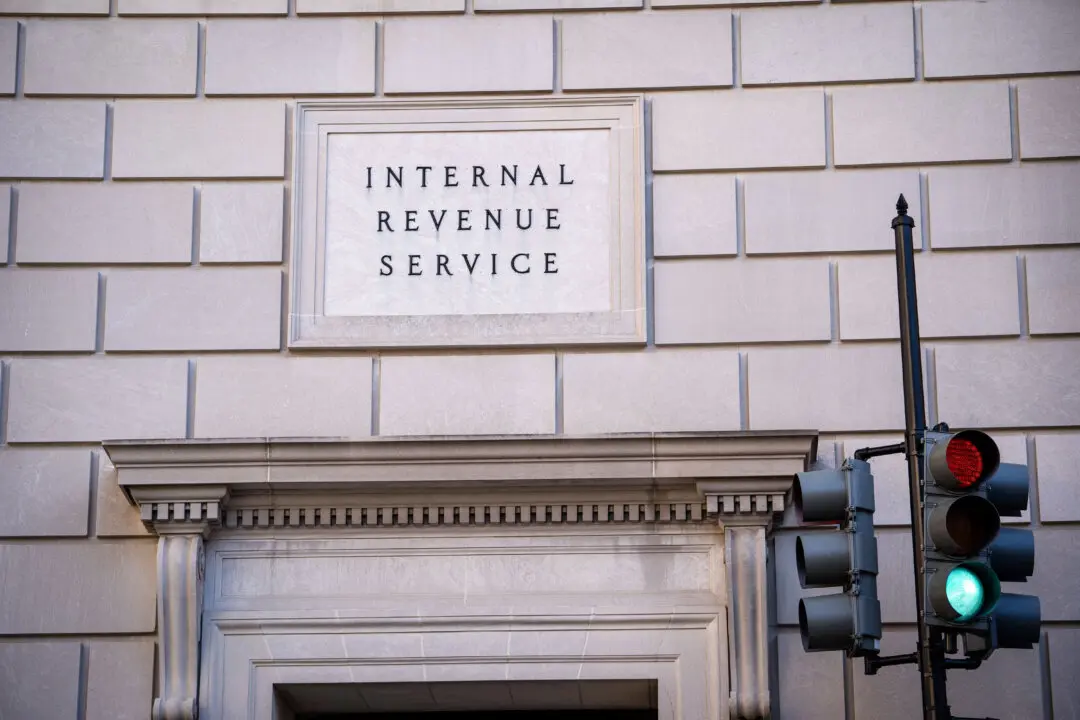Asking rents in zero- to three-bedroom apartments declined for the first time in more than four years because of the large supply built up over the past years, according to real estate brokerage Redfin.
The median asking rent for zero- to one-bedroom apartments fell by 0.1 percent, two-bedroom by 0.3 percent, and three-bedroom-plus by 2.4 percent in July year-over-year, according to an Aug. 13 statement. All three apartment categories were down by at least $50 per month from their highs seen over the past couple of years. This is the first time since June 2020 that there has been a year-over-year decline in rent prices across all bedroom counts.





